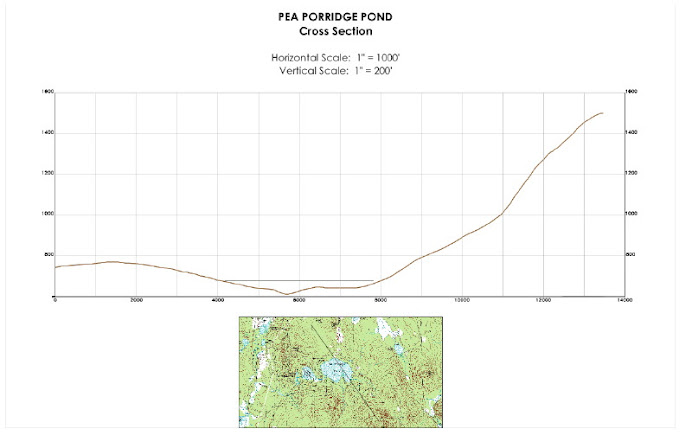
A group of local ice-fishing folks have set up two bob-houses pretty close to the deep spot estimated from Dennis Deschene's summer depth finder observations. A conversation with them on Saturday revealed that, using their hand-held depth sounder, they had located at least one spot in excess of 48 ft. On Monday, we took advantage of some of their ice fishing holes to generate a depth profile of this area. Having reopened each hole using a crowbar, Sylvia then lowered a weighted line until it touched bottom (as best we could tell), and we recorded the depths observed. While our results don't line up with the fisherman's data precisely, we may not have been using exactly the same locations that they did. Drawing in best-estimate depth contour lines within the pattern of depths recorded, we now have a better idea of where to drill our exploratory holes just before the actually coring gets started on March 8. - Lee Pollock




No comments:
Post a Comment